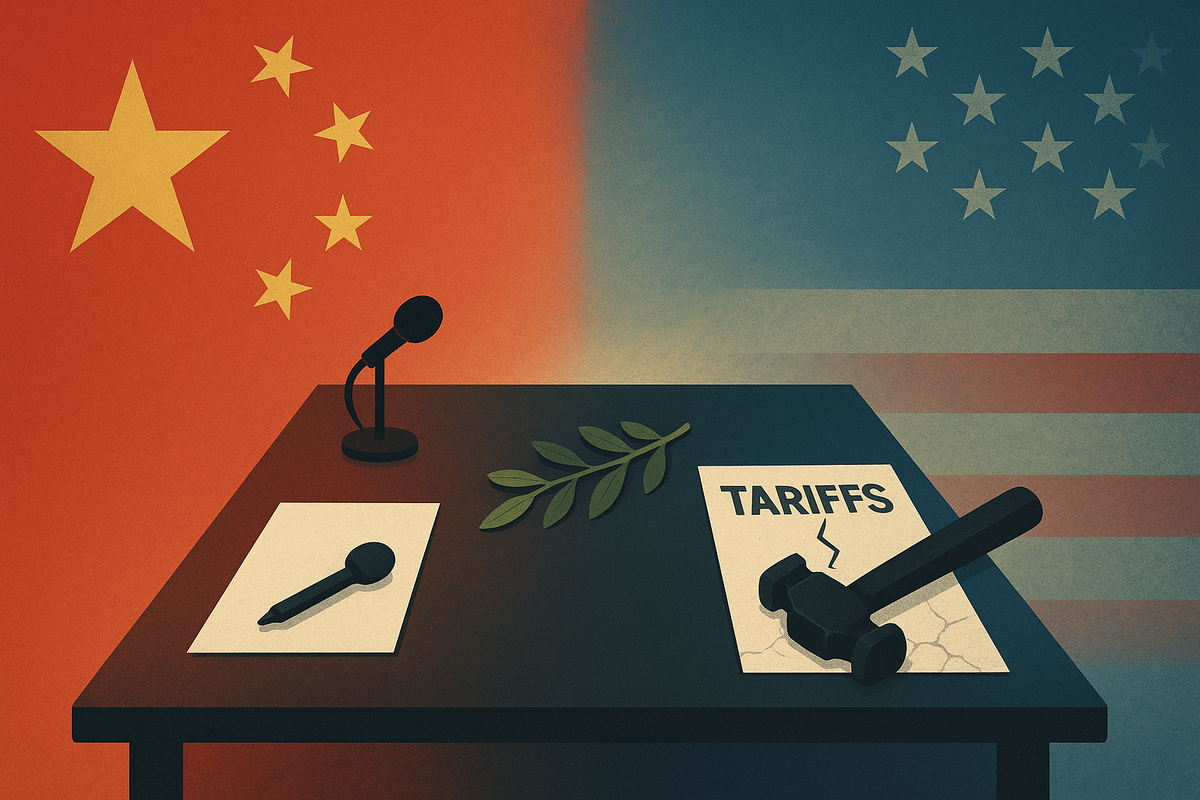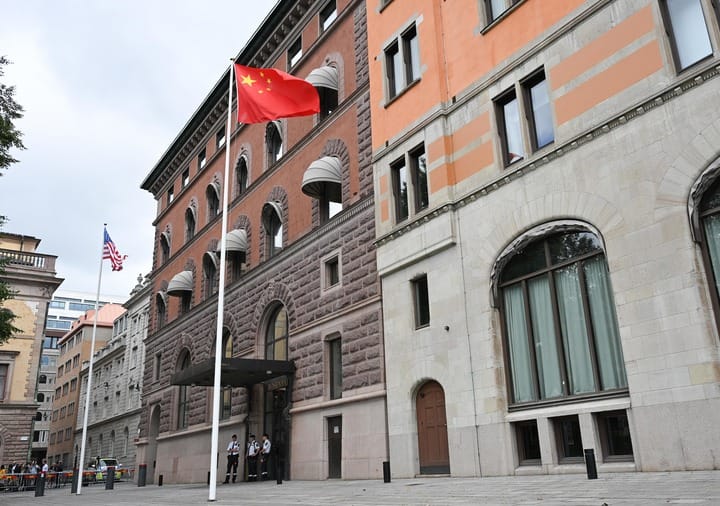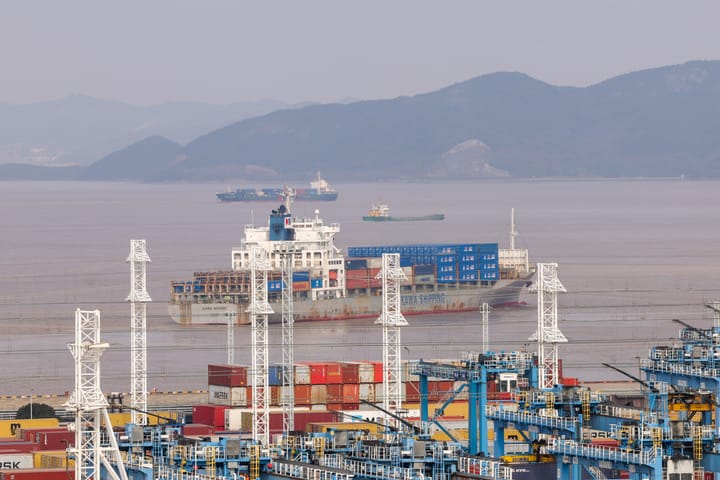The Signals: Decoding China's Three Positions Reiterated Ahead of High-Level Talks With U.S.

By Ryan Yeh
In recent days, amid expectations of a new round of high-level economic and trade talks between China and the U.S., the two sides have engaged in subtle interactions in public discourse.
On May 8, a spokesperson for the Chinese Embassy in the United States delivered a critical response with three points to recent U.S. statements following the announcement of the talks. The three points not only directly respond to the U.S.’s remarks but also, against the complex backdrop of the ongoing tariff standoff between China and the U.S., clearly convey China's core stance and deep strategic considerations on the issue. A thorough analysis of these three points helps us understand China's posture in future dialogues and the trajectory of China-U.S. economic and trade relations.


